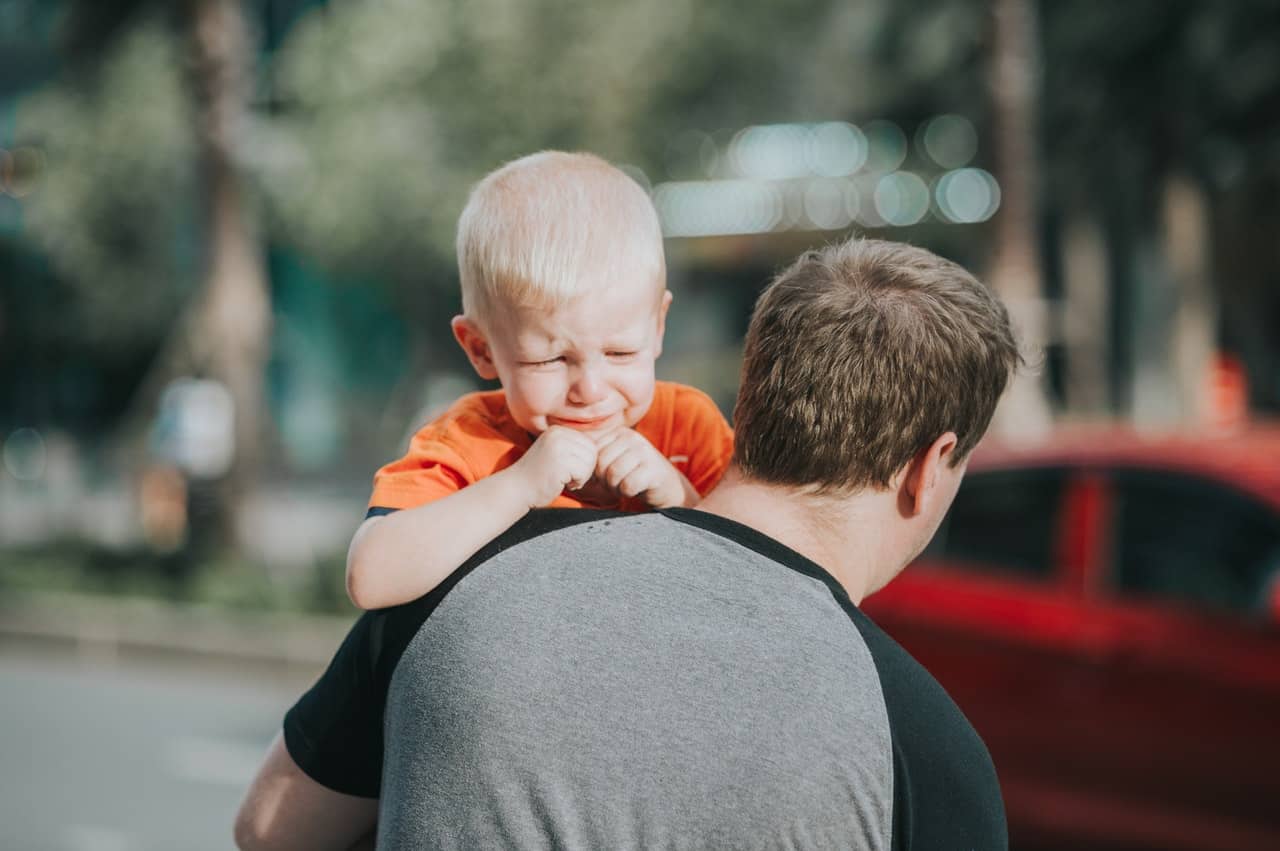Finding out about your child’s autism diagnosis can be overwhelming and somehow life-changing for your whole family.
Children start showing autism signs at six months, and they can get their autism diagnosis at 18 months of age. You can screen your 16 to 30-month-old child for autism by answering an online mchat questionnaire, which will ask 20 questions concerning your child’s behavior.
The test results will determine whether further evaluation is required. If your child gets diagnosed with autism, here are some things you can ensure your child adopts to cope with the condition.
Concentrate on Speech
Following an autism diagnosis, concentrating on speech development is essential for your child’s progress. Seeking speech and language therapy from professionals specialized in autism can provide tailored strategies to enhance communication skills. Encouraging your child to express themselves verbally while also exploring alternative communication methods, like sign language or visual aids, can foster effective communication. Creating a supportive environment where your child feels comfortable practicing speech and understanding their unique communication style is crucial. Working closely with speech therapists and incorporating their techniques into daily interactions can make a significant difference in your child’s ability to communicate and connect with the world around them. Additionally, engaging in structured activities and games for kid’s speech therapy can reinforce learning in a playful and interactive manner.
Make Use of Visuals
Your child can make use of visuals after an autism diagnosis. They will probably understand better through visual learning when compared to verbal learning. Autistic children can use visuals when doing things, such as imitating actions that you want them to perform. They can use a timer to know the period they should take to carry out a certain activity.
Maximize the Use of a Structured Environment
Autistic kids function better in a structured ecosystem since they prefer their daily activities to be predictable. It is essential to prepare a structure using a visually understandable and highly advisable manner. Your child can follow a daily timetable with images or words of what they are doing.
Additionally, the young one can pursue a visual checklist of your home rules.
Seek Help for Sensory Challenges
Your autistic child may struggle with sensory challenges, and their five senses might function differently from a typical person. After formal evaluation, your child needs to adhere to the recommendations stated.
You should enroll your child with helpful services, such as an individualized education program and speech therapy. Ensure you always consult with a professional before seeking certain services for your child.
Plan for an Early Intervention
Early stages of child development are critical; this is from 0 to 3 years of age. Your baby should seek distinct therapies at diagnosis to avoid the severity of the autism spectrum. There is no treatment for autism, but it is essential to know whether your kid is eligible for some therapies.
However, some therapies can assist in developing foundational skillsets for the young ones as they grow to build on.
Encourage Them to Learn New Things
Motivate your child to learn new things such as organizational skills, swimming, art, music, and debate club. They should be able to participate in co-curricular activities, and not everything should be about data and progress. Leisure and recreation activities are crucial in their development and well-roundedness. If the child is happy and successful in other activities, let them prosper.
Enroll Your Child in Applied Behavior Analysis
ABA is among the widely researched and accepted types of behavior therapy for young ones suffering from autism. ABA has a strong empirical base, and its professionals believe that behavior is a function of the surroundings. Manipulating the child’s environment can help provide a structure for them to learn and grow new skills.
FloorTime, a therapy for behavioral and social skills, is another famous therapy that features child-directed and play-based therapy.
Conclusion
Embracing the autism diagnosis of your child is the very first step toward structuring the right ecosystem for them. The child can develop essential skills by adapting to their environment and enrolling them in distinct therapies that suit their spectrum.
Please consult a professional for different services to develop what best suits them and contributes to their growth.
